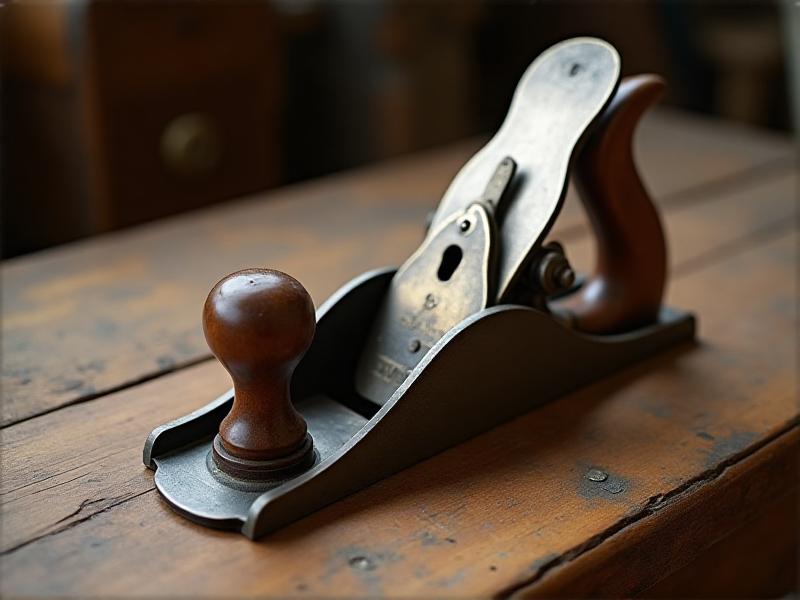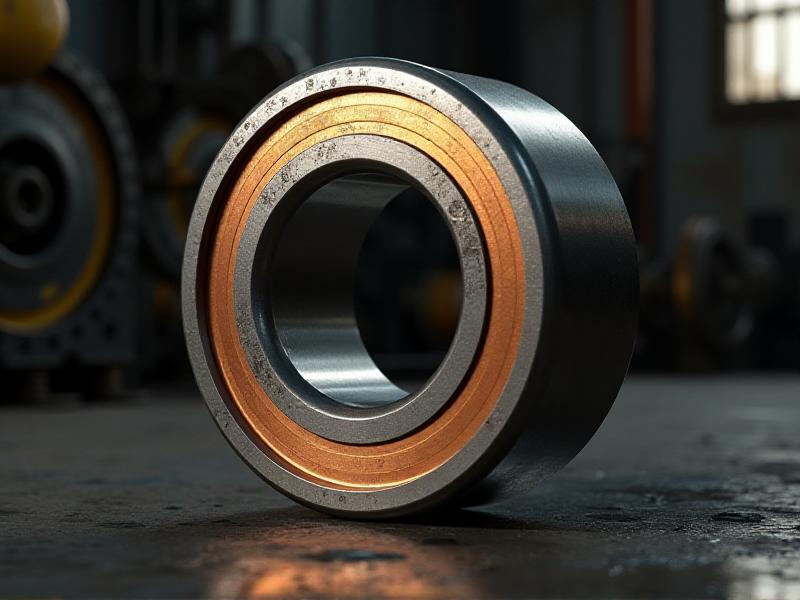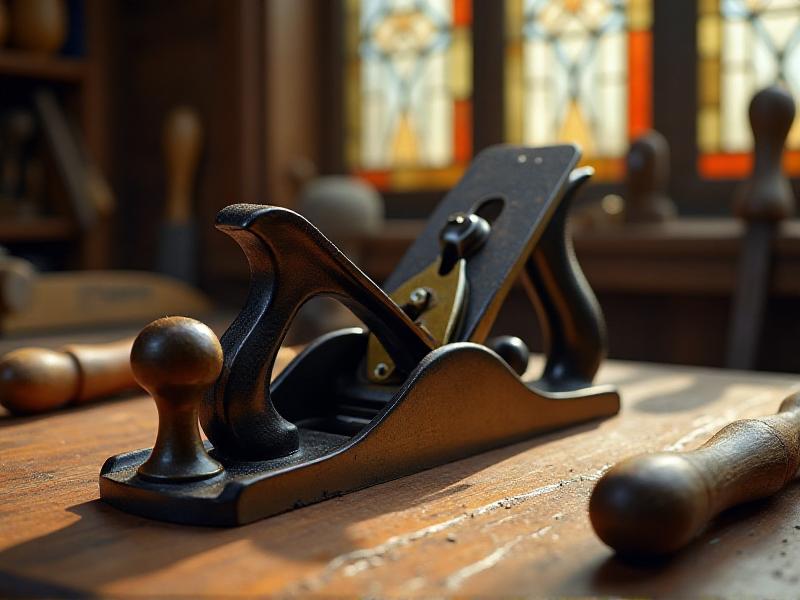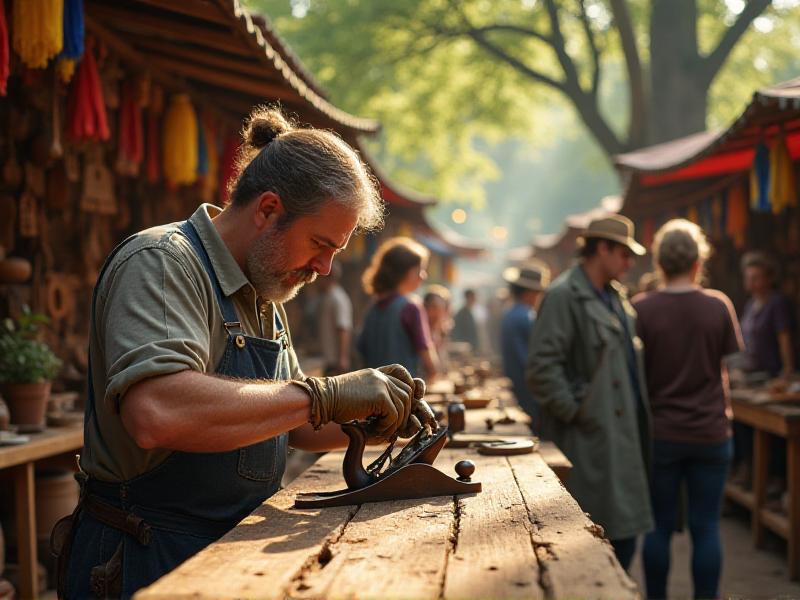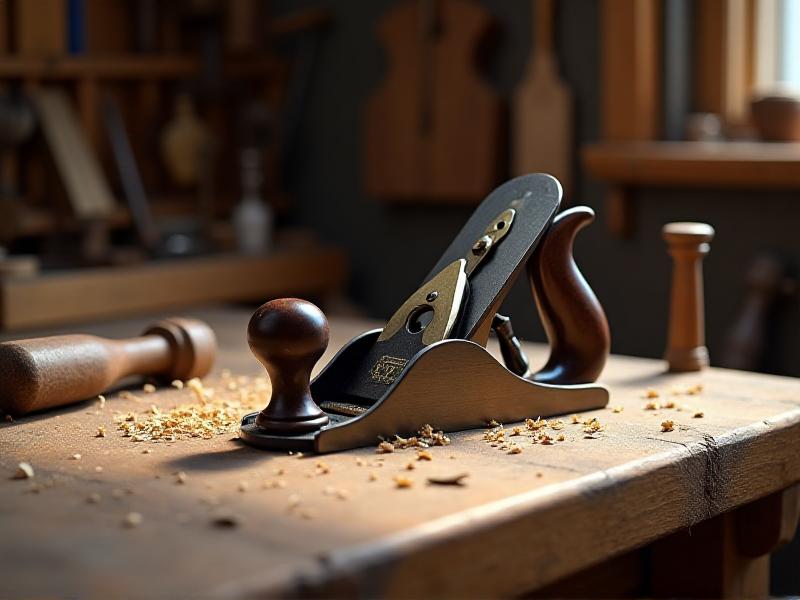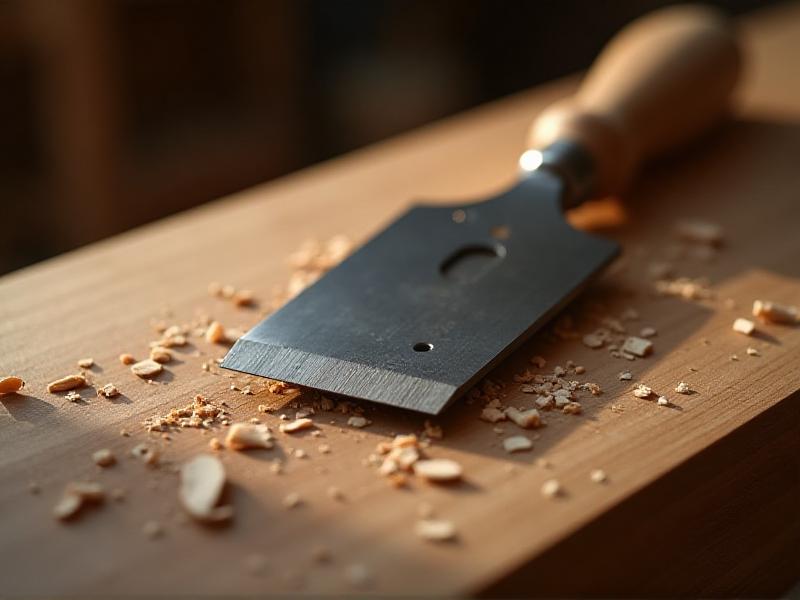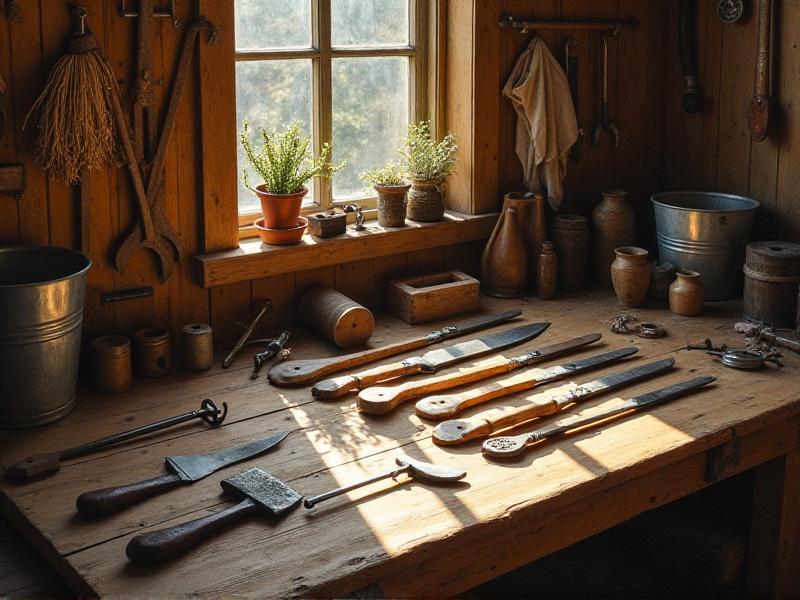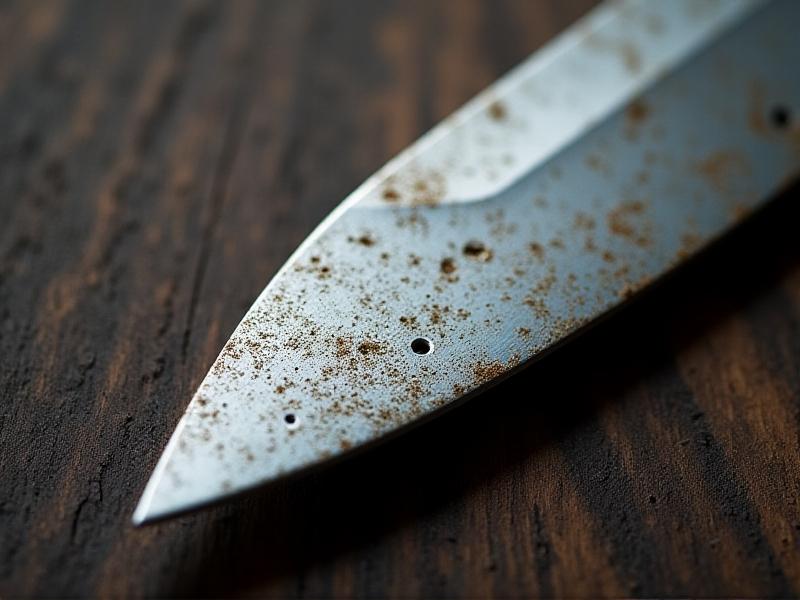1800s Anvil Face Reconditioning Methods
The Importance of Anvil Maintenance in the 1800s
In the 1800s, anvils were indispensable tools in blacksmithing, shaping metal into essential items for daily life. Proper maintenance was crucial to ensure their longevity and effectiveness. Without the advanced metallurgical knowledge we have today, blacksmiths relied on traditional methods to keep their anvils in working condition. Regular maintenance not only preserved the anvil's surface but also ensured consistent performance, which was vital for precision in metalworking.
Anvils were often passed down through generations, making their upkeep a matter of pride and practicality. Neglecting maintenance could lead to a deformed face, cracks, or even complete failure of the tool. Blacksmiths understood that a well-maintained anvil was the backbone of their craft, and they developed various techniques to recondition and repair these essential tools.
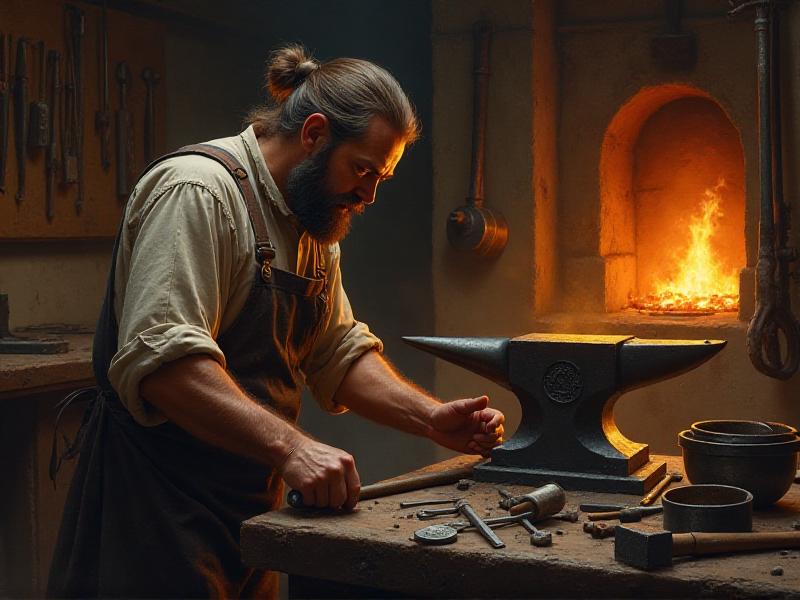
Common Issues Faced with Anvil Faces
Over time, anvil faces would develop a range of issues due to constant use. One of the most common problems was the formation of dents and dings, caused by repeated hammer strikes. These imperfections could affect the quality of the work, as they would transfer to the metal being shaped. Another issue was the hardening of the face, which could lead to chipping or cracking if not addressed.
Corrosion was also a significant concern, especially in humid environments. Rust could weaken the anvil's structure and make the surface uneven. Additionally, improper use, such as striking the anvil with tools harder than its face, could cause severe damage. Blacksmiths had to be vigilant in identifying these issues early to prevent further deterioration.
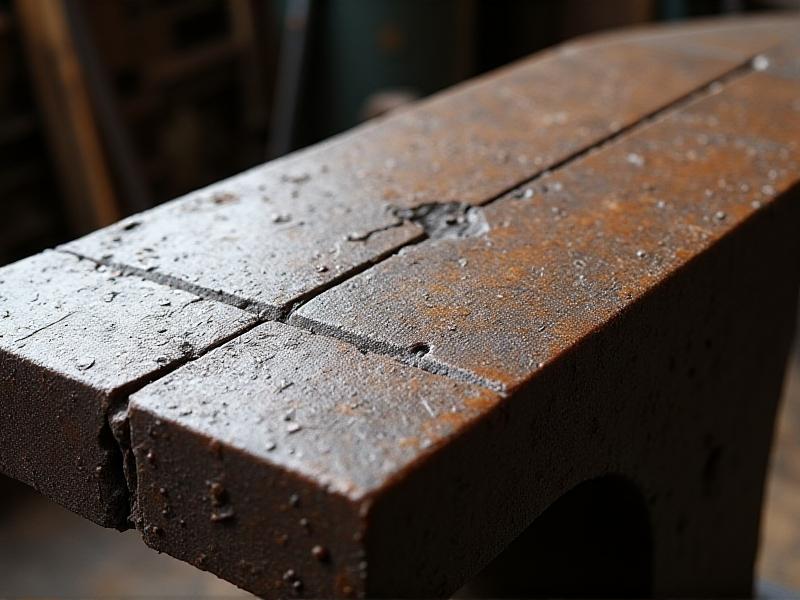
Traditional Reconditioning Techniques
Blacksmiths in the 1800s employed several traditional methods to recondition anvil faces. One common technique was draw filing , which involved using a file to smooth out imperfections. This method required skill and patience, as the blacksmith had to ensure the face remained flat and even. Another approach was grinding , where a grindstone was used to remove surface damage and restore the anvil's smoothness.
For more severe damage, blacksmiths would resort to forge welding , a process that involved heating the damaged area and adding new metal to fill in cracks or dents. This technique required precise control of the forge's temperature and careful application of the new material. While these methods were labor-intensive, they were effective in extending the life of the anvil.
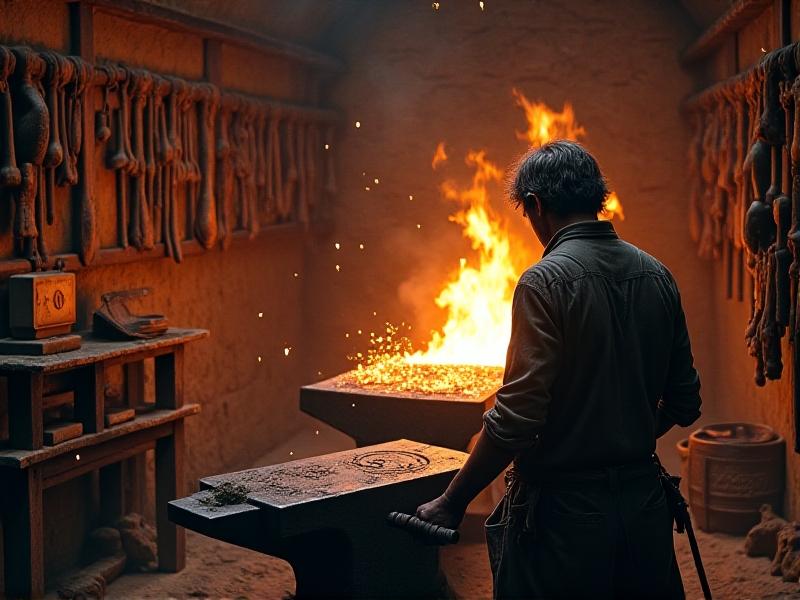
The Role of Heat Treatment in Anvil Reconditioning
Heat treatment played a crucial role in reconditioning anvils, especially when addressing issues like hardening or softening of the face. Blacksmiths would heat the anvil to a specific temperature and then quench it in water or oil to achieve the desired hardness. This process, known as tempering , helped restore the anvil's durability and resistance to wear.
Another technique involved annealing , where the anvil was heated and then allowed to cool slowly. This process reduced internal stresses in the metal, making it less prone to cracking. While heat treatment required expertise and careful monitoring, it was an essential part of maintaining an anvil's structural integrity.
Tools and Materials Used in Anvil Reconditioning
Reconditioning an anvil required a variety of tools and materials, many of which were handmade by the blacksmiths themselves. Files, grindstones, and hammers were essential for smoothing and shaping the anvil face. For more extensive repairs, blacksmiths used chisels, punches, and tongs to manipulate the metal.
Materials like flux and welding rods were used in forge welding, while water or oil served as quenching agents for heat treatment. Blacksmiths also relied on coal or charcoal to fuel their forges, ensuring they could achieve the high temperatures needed for these processes. The combination of skill, tools, and materials allowed blacksmiths to effectively recondition their anvils and keep them in service for decades.
The Legacy of 1800s Anvil Reconditioning Methods
The methods developed in the 1800s for reconditioning anvils have left a lasting legacy in the world of blacksmithing. Many of these techniques are still used today, either in their original form or adapted with modern technology. The emphasis on craftsmanship and attention to detail from that era continues to inspire contemporary blacksmiths.
While modern anvils are often made with advanced materials and manufacturing techniques, the principles of maintenance and repair remain the same. The knowledge passed down through generations of blacksmiths serves as a testament to the ingenuity and resourcefulness of those who worked with these essential tools. By understanding and preserving these traditional methods, we honor the history and artistry of blacksmithing.
